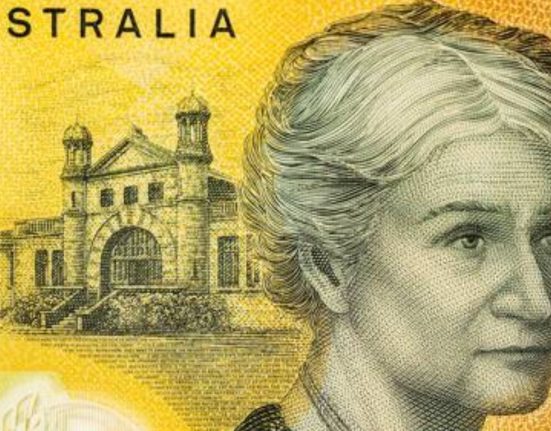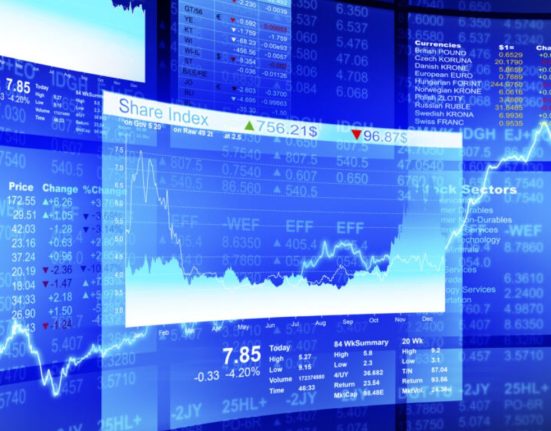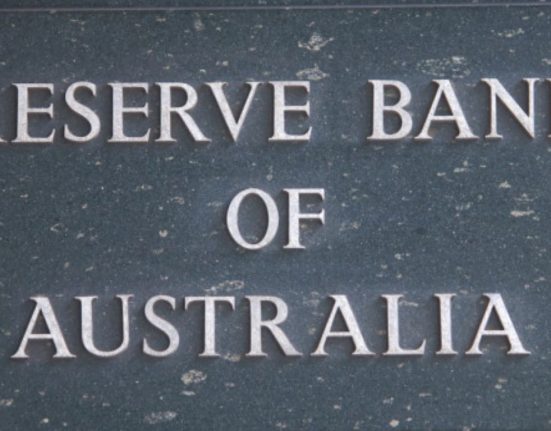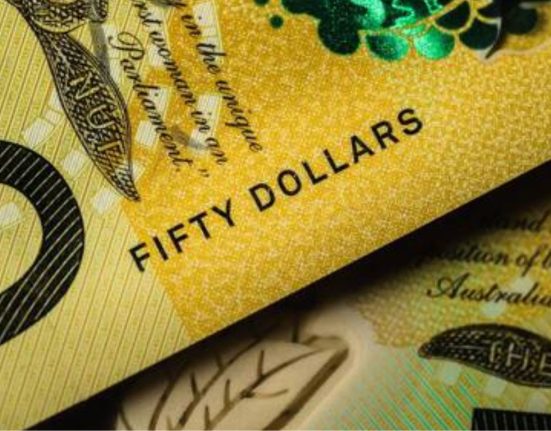The AUD/USD pair, representing the exchange rate between the Australian dollar and the US dollar, has encountered obstacles in sustaining its recovery near the 0.6620 level. This comes after a notable decline from its recent peak at 0.6717. The Australian currency, known as the Aussie, faces potential losses as the initial momentum triggered by the Reserve Bank of Australia’s unexpected interest rate hike begins to diminish.
Reserve Bank of Australia’s Surprise Interest Rate Hike Boosts AUD/USD
The Reserve Bank of Australia (RBA) recently surprised markets with an interest rate hike. The decision aimed to address rising inflationary pressures and bolster the Australian economy. Initially, this move led to a surge in the AUD/USD pair as investors sought higher returns in Australian assets due to the elevated interest rates. However, doubts are arising regarding the sustainability of this upward momentum.
Doubts Emerge, Impacting AUD/USD Recovery
Despite the initial enthusiasm surrounding the RBA’s interest rate hike, doubts have begun to surface concerning the sustainability of the AUD/USD pair’s recovery. Currency market participants are becoming less confident as they evaluate the broader implications of the rate hike. Concerns about potential economic slowdowns, reduced consumer spending, and the global market environment are dampening the appeal of the Australian dollar.
Global Economic Factors Weighing on AUD/USD
The performance of the AUD/USD pair is influenced not only by domestic factors but also by global economic developments. Ongoing trade tensions between the United States and China, two major economic powerhouses, significantly impact the Australian dollar. As both countries serve as vital trading partners for Australia, any escalation in their trade disputes introduces uncertainty and exerts a negative influence on the AUD/USD pair.
Risk Aversion and Market Sentiment
Market sentiment plays a crucial role in determining the direction of currency pairs. The AUD/USD pair tends to be particularly sensitive to risk aversion due to Australia’s strong economic ties with Asia, particularly China. If investors adopt a more risk-averse stance and seek safe-haven assets like the US dollar, downward pressure on the Australian dollar can be expected, leading to a decline in the AUD/USD pair.
Commodity Prices and the Australian Dollar
Australia heavily relies on commodity exports, particularly iron ore and coal. Consequently, fluctuations in commodity prices significantly impact the performance of the Australian dollar. A decline in commodity prices can weaken the Aussie, making it less attractive to investors and potentially resulting in further losses in the AUD/USD pair.
Technical Analysis: Key Levels and Indicators
Analysts employ technical analysis to identify potential price movements by closely monitoring key levels and indicators. In the case of the AUD/USD pair, traders pay close attention to support and resistance levels to assess market sentiment. Moving averages, oscillators, and other technical indicators are also utilized to identify potential buying or selling opportunities.
Outlook for the AUD/USD Pair
Trade tensions between major economic powers like the United States and China have a considerable impact on the Australian dollar due to Australia’s strong economic ties with Asia, particularly China. Any escalation in these trade disputes introduces uncertainty and can negatively affect the AUD/USD pair. Moreover, market sentiment plays a crucial role in determining the direction of currency pairs, and the AUD/USD pair tends to be more sensitive to risk aversion compared to other pairs. If investors become more risk-averse and seek safe-haven assets like the US dollar, it puts downward pressure on the Australian dollar, resulting in a decline in the AUD/USD pair.
Fluctuations in commodity prices, especially for key exports like iron ore and coal, also significantly influence the Australian dollar’s performance. A decline in commodity prices weakens the Aussie, making it less attractive to investors and potentially leading to further losses in the AUD/USD pair. Additionally, technical analysis indicators and key levels play a role in shaping market sentiment and identifying potential buying or selling opportunities for traders.
Looking ahead, traders and investors will closely monitor these global economic factors, trade developments, commodity prices, and technical analysis indicators to make informed decisions regarding the AUD/USD pair. The sustainability of the recovery remains uncertain, and market participants will continue to assess the evolving landscape and adjust their strategies accordingly. Flexibility and adaptability will be essential in navigating the challenges and opportunities presented by the AUD/USD pair in the dynamic foreign exchange market.










